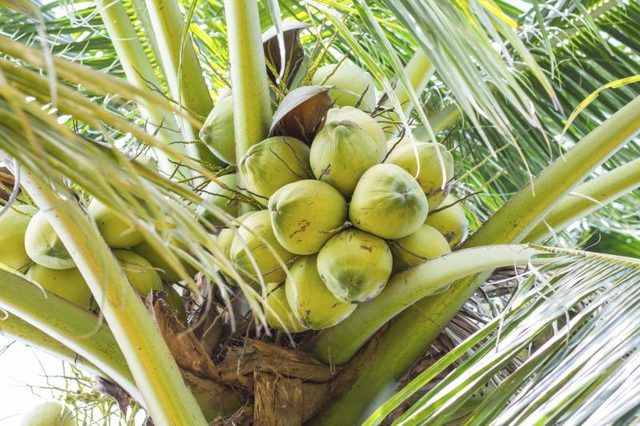Bulbs
Flower Basics
Flower Beds & Specialty Gardens
Flower Garden
Garden Furniture
Garden Gnomes
Garden Seeds
Garden Sheds
Garden Statues
Garden Tools & Supplies
Gardening Basics
Green & Organic
Groundcovers & Vines
Growing Annuals
Growing Basil
Growing Beans
Growing Berries
Growing Blueberries
Growing Cactus
Growing Corn
Growing Cotton
Growing Edibles
Growing Flowers
Growing Garlic
Growing Grapes
Growing Grass
Growing Herbs
Growing Jasmine
Growing Mint
Growing Mushrooms
Orchids
Growing Peanuts
Growing Perennials
Growing Plants
Growing Rosemary
Growing Roses
Growing Strawberries
Growing Sunflowers
Growing Thyme
Growing Tomatoes
Growing Tulips
Growing Vegetables
Herb Basics
Herb Garden
Indoor Growing
Landscaping Basics
Landscaping Patios
Landscaping Plants
Landscaping Shrubs
Landscaping Trees
Landscaping Walks & Pathways
Lawn Basics
Lawn Maintenance
Lawn Mowers
Lawn Ornaments
Lawn Planting
Lawn Tools
Outdoor Growing
Overall Landscape Planning
Pests, Weeds & Problems
Plant Basics
Rock Garden
Rose Garden
Shrubs
Soil
Specialty Gardens
Trees
Vegetable Garden
Yard Maintenance
How Does a Coconut Grow?
How Does a Coconut Grow?. The coconut palm (Cocos nucifera) has a long history as a widely used and cultivated plant. Despite the heaviness of its fruit, the coconut, these swaying palms decorate sidewalks and yards, providing shade and tropical beauty. Like other trees, the growth cycle of the coconut palm has distinctive stages, as does the fruit...

The coconut palm (Cocos nucifera) has a long history as a widely used and cultivated plant. Despite the heaviness of its fruit, the coconut, these swaying palms decorate sidewalks and yards, providing shade and tropical beauty. Like other trees, the growth cycle of the coconut palm has distinctive stages, as does the fruit itself.
Site Preferences
The coconut palm has a distinct preference for certain site requirements, although it tolerates a range of adverse circumstances. These trees grow best in U.S. Department of Agriculture plant hardiness zones 10 and 11. The soil must be well drained; the palms grow well in sandy or loamy soil. Soil pH doesn't matter too much, and coconut palms can handle brackish soils and salt spray. Wind and temporary flooding don't bother these hardy palms. The average temperature should be 72 degrees Fahrenheit or above, in a planting location that receives at least 30 to 50 inches of rain per year.
Fruiting Maturity
These long-lived trees reach full production between 15 and 20 years old, but will start producing fruit between 6 and 10 years old. Different cultivars vary in fruit output, but, in general, a coconut palm will produce 50 to 200 coconuts per year until it is about 80 years old.
Three Layers
When you purchase a whole coconut at the store, you typically receive a fraction of the entire fruit. As a drupe -- a fruit with a stony covering around the seed -- the coconut has three layers: an outer layer, the exocarp; a fleshy layer, the mesocarp; and a hard, woody layer around the seed, the endocarp. The brown coconuts at the store are the endocarp and seed.
As the exocarp matures, it starts out green in most cases and eventually turns brownish in color, especially after picking. Unlike most other fruits, the endosperm, or food for the young seed inside, is liquid. It is the endosperm that's used for coconut milk and coir. Once the seed is fully mature, the endosperm becomes firmer and is harvested to make oil.
Seed Maturity
The coconut grows and reaches maturity over approximately 11 to 12 months. Throughout this time, people may harvest the coconuts for various uses. For example, coconuts grown for drinking are ready after about 7 months. Immature fruits also have a softer meat, which is suitable for eating or using in recipes. For shredded coconut or to make coconut oil, only mature fruits should be used.